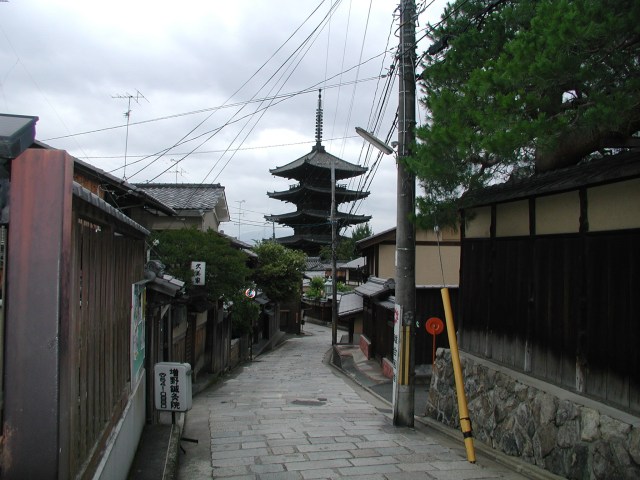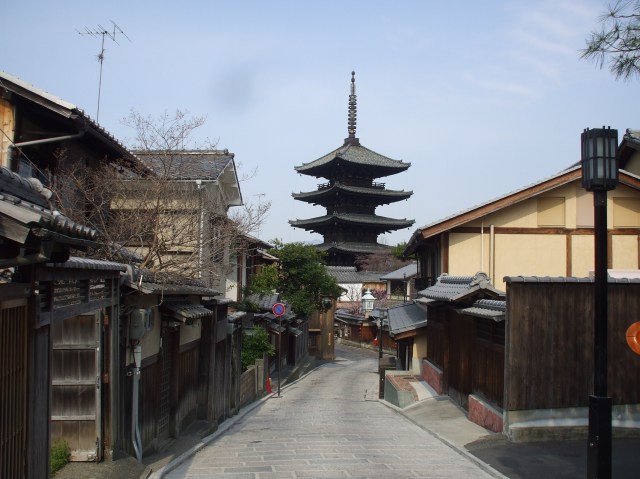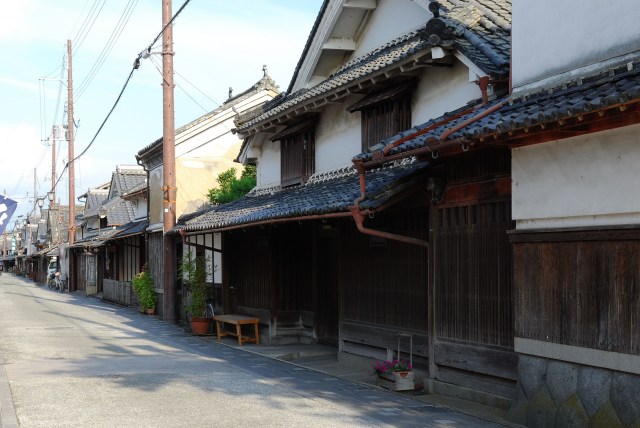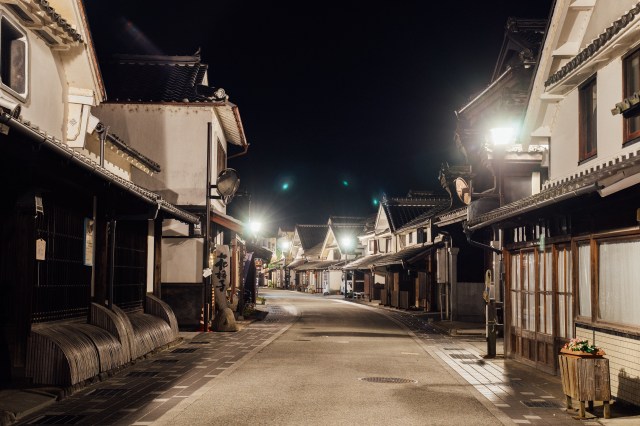The hunt to let Japan’s historic websites shine vivid continues on.
From gorgeous cherry blossom timber lining rivers to breathtaking views of Mt. Fuji standing dominantly on the horizon, Japan’s surroundings evokes countless fantasies. Nevertheless, take a step off the airplane, with digital camera in hand, and your much-anticipated vacation snaps might reveal an sudden and unwelcome visitor: overhead energy traces. Crisscrossing by the streets, these cables appear to take each likelihood to affix you in your journey.


Vacationers cry out in dismay as they battle with these city vines—twisting and tilting their cameras, determined to seize these excellent recollections. Nevertheless, there are good the reason why Japan has lagged behind different nations in eradicating overhead cables. Price will at all times be a serious purpose, however different components, like ease of repairs in occasions of catastrophe, additionally play an element.
That’s to not say that each one hope is misplaced. Efforts to protect historic appeal in conventional spots, notably these beloved by vacationers, like Kyoto’s Higashiyama district, have been ongoing for years and have included relocating energy traces to underground, opening up nice social media alternatives for keen photographers.
▼ An internet of wires on Yasaka Road, Kyoto

▼ Yasaka Road after the ability line removing in 2010

Again in 2017, as a part of the Ministry of Land, Infrastructure, Transport and Tourism’s motion for scenic city renewal, the town of Tamba-Sasayama in Hyogo Prefecture was chosen to be a mannequin district and work was begun to take away the unpleasant electrical cables that disrupted the standard ambiance of the fortress city space.

By 2021, the entire utility poles alongside Kawaramachi Road had been eliminated, restoring its historic appeal and sweetness, creating a way of getting traveled by time whenever you gaze previous the homes.

Strolling by the Kawaramachi Tsumairi Service provider District these days, guests will discover a seamless mixture of previous and new. Lengthy-established pottery outlets and newly-opened, trendy cafes stand side-by-side, all largely housed in conventional tsumairi-style buildings that includes the distinctive traits of a slim entrance when considered from the road and a surprisingly deep inside. This distinctive structure has continued for the reason that space’s unique improvement round 1612, following the development of the close by Sasayama Citadel in 1609.

This 12 months marks the twentieth anniversary of the world’s recognition as an Vital Preservation District for Teams of Conventional Buildings by the Japanese Authorities.
Although Tokyo’s transformation right into a wire-free metropolis, together with remainder of Japan, should still be a great distance off, there may be progress being made. Within the meantime, Kawaramachi Tsumairi Service provider District provides a sneak peek into what’s in retailer for different historic areas. So, subsequent time you end up despairing at Japan’s electrical cover, pop over to Kawaramachi or the equally enticing Kawagoe in Saitama.
Supply: PR Occasions
High picture: PR Occasions
Insert photos: PR Occasions, Kyoto Metropolis Official Web site, PR Occasions (2)
● Need to hear about SoraNews24’s newest articles as quickly as they’re printed? Observe us on Fb and Twitter!





